Caravanserai
Security and safety in the trading business have long been a priority for the rulers and kings of Iran. Fear of being robbed was one of the biggest concerns of caravans, businessmen, or even people with different professions who were trying to cross from one place to another. For that reason, the kings had to find a way to solve this concern. For example, building enclosures along the roads was a possible solution to this problem. Accordingly, they decided to build buildings on the main commercial and important routes that the caravans could take comfort and rest in. later on, these buildings became known as the caravanserai.
What is a Caravanserai?
A Caravanserai (or Caravansary) is a unique type of roadside inn that was commonly found along the ancient trade routes in the Middle East, Central Asia, and the Caucasus. These fortified structures served as a vital stopover point for merchants and travelers traversing the Silk Road, providing them with accommodation and protection for both themselves and their animals. Caravanserais often featured a central courtyard and various amenities such as stables, a mosque, and storage facilities for goods, making them a hub of commerce and cultural exchange along the trade routes.
Caravanserais in different parts of ancient Iran were rural inns along the roads. Most of these caravanserais were built outside of cities. However, there were also caravanserais in the center of cities along the Bazaars and trade centers. For example, there are a few caravanserais in Isfahan that were located in the Qeysarieh Bazaar which was the center of the city during the Safavid era. Most of these buildings were built during the Islamic period. However, you can find its trace firstly to the time of the Silk Road and even the Achaemenid Empire’s Royal roads. The plan of a Caravanserai is either square or rectangular with a walled exterior. The portals of the Caravanserais were big enough for the passage of animals. The building provided shelter for merchants, their servants, goods, and animals.
The etymology of Caravanserai & Its Other Names
Serai in Caravanserai is a word derived from the original Persian language, namely the Sassanid Pahlavi language. On the other hand, a caravan is referred to a group of people who are moving from a starting point to their destination. The word Serai means house. After the Arab conquest, the word Robat was used that had a similar meaning to the caravanserai. However, Robats originally were referred to temporary places where military Arabs camped. Every riot in the newly converted Muslim cities was severely suppressed by the military forces stationed in these Robats. The word Khan, which is an Arabic word, has also the same meaning as a caravanserai.
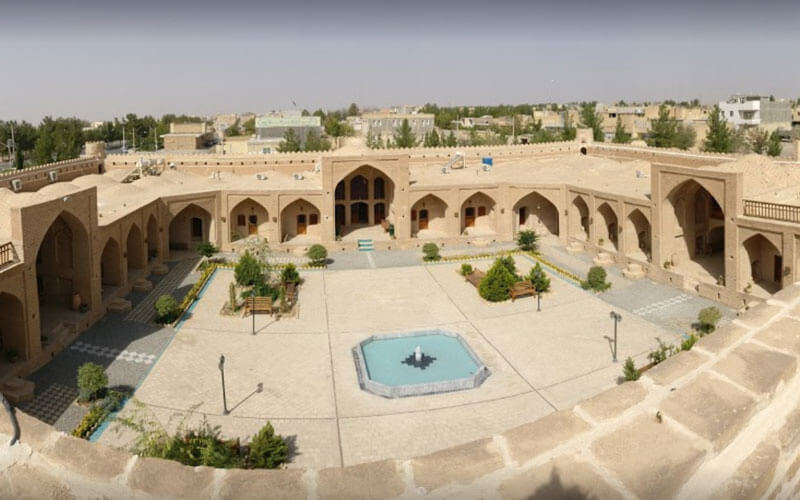
History of Caravanserai
Not much information is available about the first Caravanserais built in Iran. Perhaps the origins of Caravanserais can be traced back to the Achaemenid era. During the Achaemenid era, the first Chapar Khaneh (stables) were established along the royal route. The Chapar Khanehs were generally used for spying, mailing, and political purposes. But over time, their functions changed. During the Parthian and Sassanid eras, relations with neighboring empires developed. Notably, Caravanserai is considered as one of the Iranian innovations. In ancient Rome, there were places with the same use called Castra. The name itself indicates that these Castras were named after the Caravanserais of Iran and were used broadly in the Roman Empire.
The first examples of Caravanserais used for commercial purposes were established around the same era. Deir Gchin Caravanserai is one of the remaining Caravanserais of the Sassanid era that was rebuilt during the Safavid era with the same structure and foundation.
After the advent of Islam in Iran, the construction of the caravanserai met its decline. The reason was that the Arab rulers did not show interest in trade. Instead, the main way of earning money was through farming during that era. After the Islamic era, Seljuk and then Safavid are the golden eras of Caravanserai construction.
One of the reasons for the rapid growth of Caravanserais was the donations of courtiers for constructing these places. In other words, the construction of Caravanserais was not based on the decision of the kings and local rulers only. Because of the economic prosperity and rising incomes of the capital’s courtiers, most of them, as well as the royal family, established Caravanserais. They donated the proceeds to religious, educational, and social centers. Later on, about 300 years ago, the once again decline of Caravanserais began. Initially, new Caravanserais were rarely built. Then, after many years and entering the modern era in the late Qajar and Pahlavi eras, they gradually gave way to hotels and other accommodations.
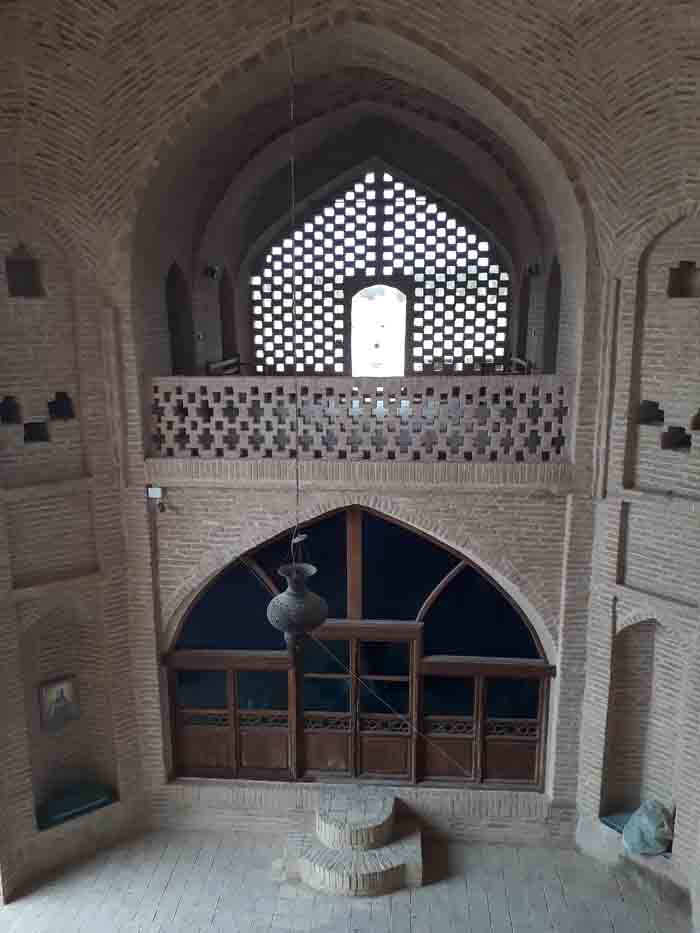
Examples of Caravanserais
The main function of Caravanserais has been their commercial benefit. The existence of Caravanserais played a vital role in the Silk Road that connected the Eastern Bloc to the Western Bloc. Notably, the merchants who were responsible for transporting and selling the goods needed shelter on difficult routes. The Caravanserais played this important role. The Spice Road, which ran from India to the Western Bloc, also needed Caravanserais to protect traders and porters from the scorching sun for hours on end. The presence of water reservoirs next to the Caravanserais, which were buildings for the storage of drinking water, helped the caravans to renew their strength and rest.
Interestingly, over time Caravanserais became Serais. Serais are generally open spaces that are one of the elements in a Bazaar. Inside Serais, there are offices and warehouses that belong to merchants. The Serais, on one side, have access to the Bazaar and, on the other side, to the open space. They could bring the animals inside to unload the products. Serais were probably separate spaces from the Bazaar. With the development of the Bazaar, they connected these spaces to the main Bazaar through tunnels called Dalan. In other words, they changed the use of caravanserai to sera. Today, these places can be seen in large traditional Bazaars such as Isfahan, Tabriz, and Tehran.
Hundreds of years after the advent of Islam in Iran, Caravanserais found another function. People were interested in visiting the graves of religious figures in Mashhad, Karbala and Najaf in Iraq, and in Mecca and Medina in Saudi Arabia. Therefore, Caravanserais were built on their pilgrimage route to facilitate traveling. According to some sources, during the Safavid era, 999 Caravanserais were built all over Iran.
Exceptional Examples of Caravanserais in Isfahan
Abbasi Hotel, located on Amadgah Street in Isfahan, is one of the most beautiful examples of Safavid Caravanserais. This caravanserai was built by the order of the mother of Shah Sultan Hussein, the last powerful Safavid king. All the income from this caravanserai was dedicated to the educational and religious affairs of Chaharbagh School. By the end of the Qajar era, this caravanserai became a resting house for the forces of the local ruling army of Isfahan, Zol-e-Sultan. Then, during the Pahlavi era, it was purchased and repaired by an insurance company. Today, Abbasi Hotel is one of the most complete, beautiful, and lively Caravanserais, or in modern words, hotels.
For thousands of years, Caravanserais have been the host of weary travelers. Perhaps the words of one of the tourists who said that the Caravanserais were one of the reasons for Iran’s economic development were completely true. These ancient buildings, which today have given away their place to hotels and other accommodations, are still standing in many parts of Iran with unique architectural plans and decorations.

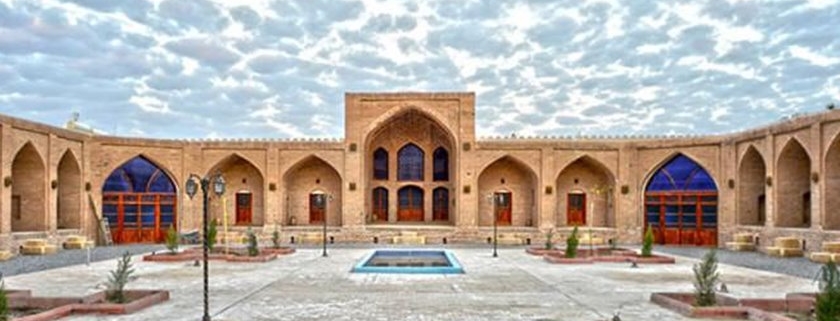
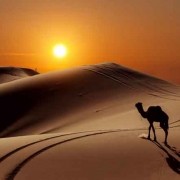
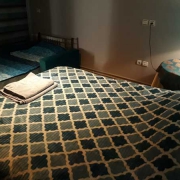
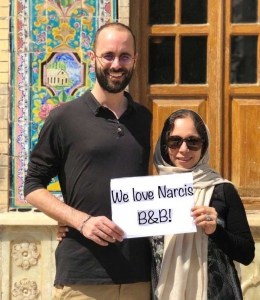




Leave a Reply
Want to join the discussion?Feel free to contribute!